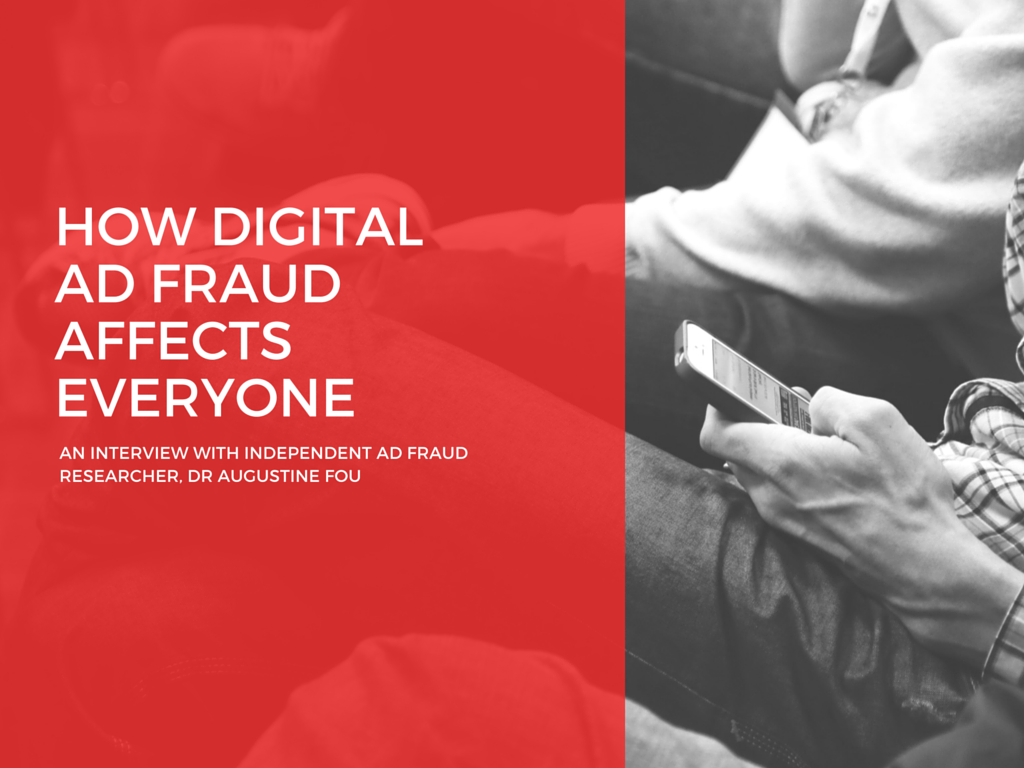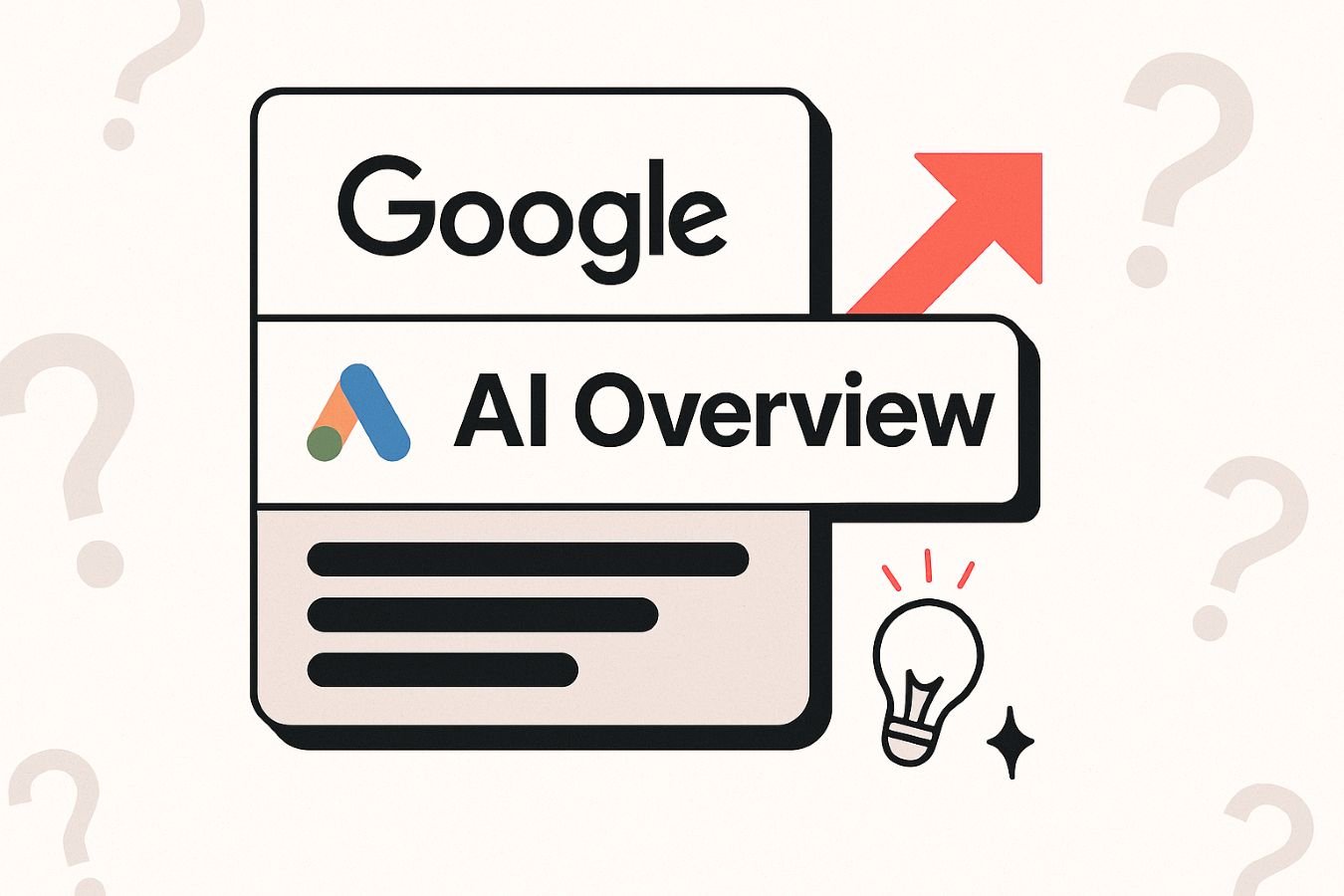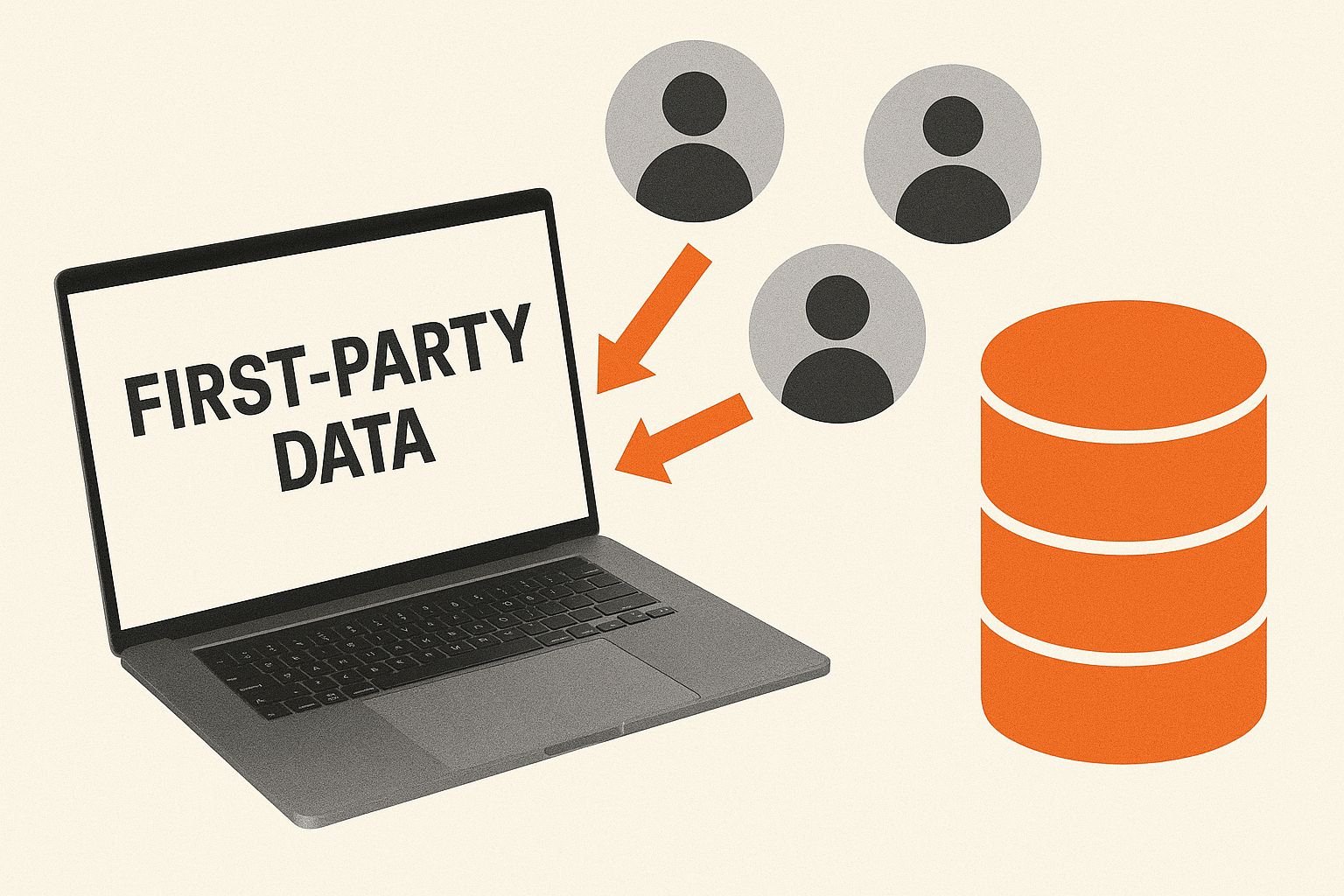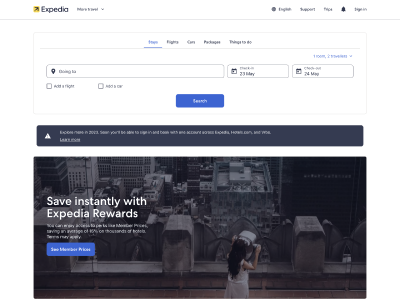
Who do you believe are the biggest victims when it comes to digital ad fraud?
Literally everyone is a victim. The entire digital ad ecosystem is the biggest victim because the bad guys are siphoning a large portion of dollars out of the digital ecosystem. Advertisers are hurt when their digital ad dollars are not delivering a return (e.g. when their ads are shown to bots and not humans). Publishers are hurt when revenue is stolen before it reaches their pockets. Everyone else in the supply chain is hurt because the data they buy and sell is completely messed up due to fraudulent activity.
How do you think ad fraud is affecting the general public as opposed to those in the industry?
Consumers (the public) are affected too because they have bad ad experiences (sites overloaded with ads), they suffer malware attacks (bad guys want to compromise their computers to use in botnets), and their mobile bandwidth is eaten up by ads and not by the content they want to see.
What about the advertisers?
Their ad dollars are wasted:
1) Ads are shown to bots and not humans
2) Their metrics are messed up and when they optimize, they may be sending more money to the bad guys
How is the industry fighting this?
They are still “looking into it.”
What can marketers and advertisers do to fight ad fraud?
Lots of things, not least of which is to change the incentives. As long as marketers pay for ad impression volume and not for results, they are easily ripped off by bad guys who can generate as many ad impressions as they want. These are not humans visiting websites, it’s bots that can create as much traffic and ad impressions as there is demand.













